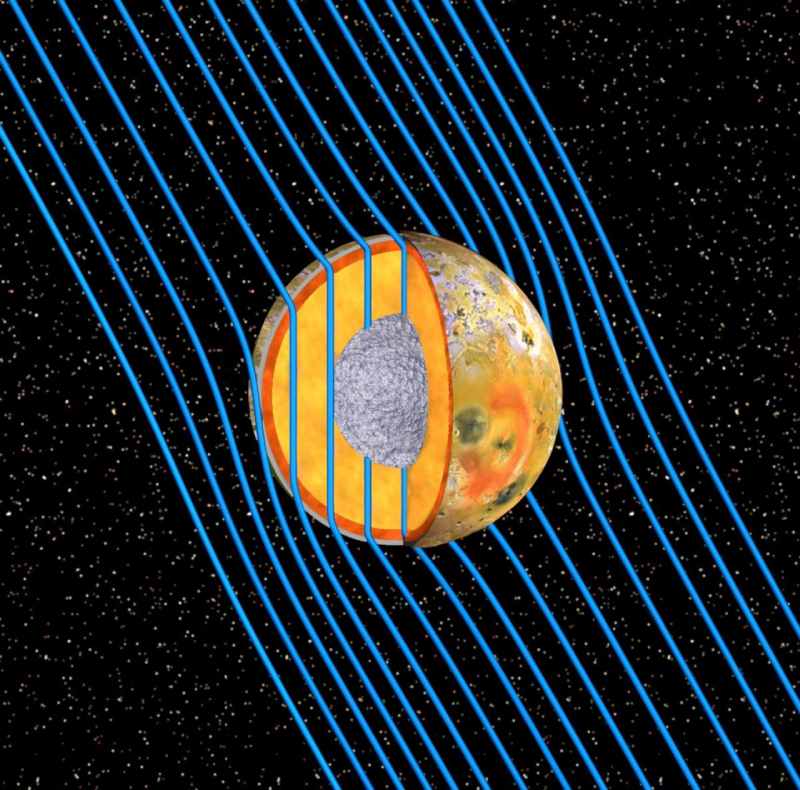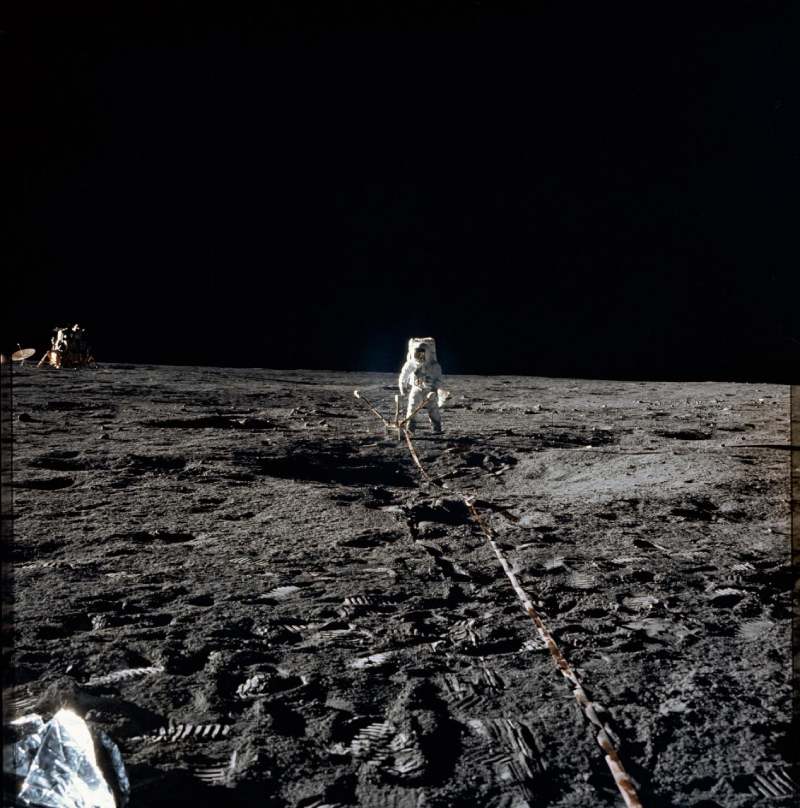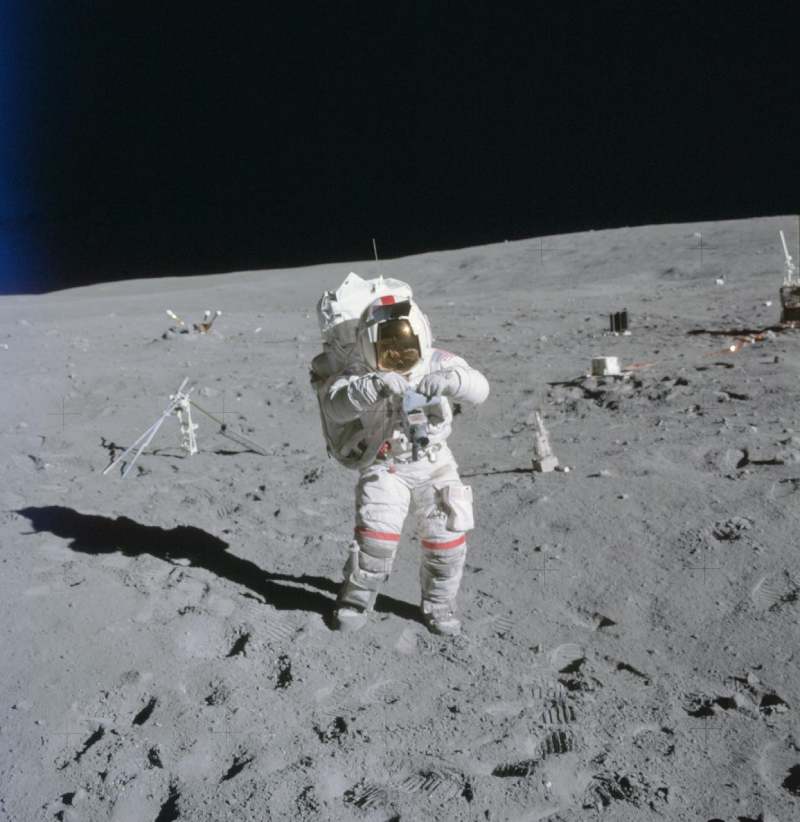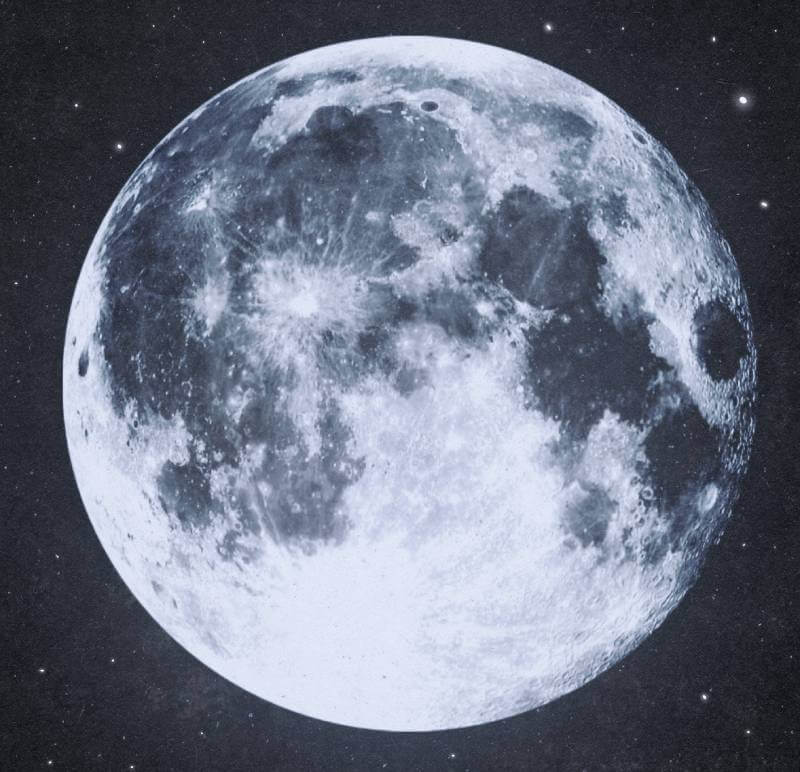The only natural satellite, the Moon, may have yet to have a strong magnetic field, as believed since geological samples were first returned to Earth. Formed around 4.5 billion years ago, the Moon sent a chunk of Earth into orbit in a dramatic collision. The Moon possesses a similar iron core to the threat of Earth. However, its current magnetic field is less than one thousand as powerful as Earth.
Surprisingly, initial analysis from the 1970s of moon rocks showed that the Moon’s magnetic field might have rivaled Earth’s around 3.9 billion and 3.6 billion years ago, challenging the assumption that it had long vanished. While Earth may have a robust magnetic field generated by swirling liquid iron in its core, the Moon presents a crisp contrast by completely lacking a magnetic field today.
Are you thinking the same? Did the Moon’s core once generate a magnetic field? In the 1980s, geophysicists examining rocks brought back by Apollo astronauts claimed that the Moon once possessed a magnetic field as terrifying as Earth’s. Yet, the challenge is understanding how such a relatively small lunar core could have generated such a powerful magnetic field.
Does The Moon Have a Global Magnetic Field?
Let’s first understand the fundamentals of what a magnetic field is. A magnetic field is an invisible force surrounding a celestial body like the Moon or Earth. This field is formed by the movement of molten metal in the body’s core, which greatly impacts different phenomena. The fact is, unlike Earth, the Moon lacks a global magnetic field. Therefore, this means no magnetic North or South Pole on the Moon. Additionally, it doesn’t possess a protective shield against solar radiation like Earth does.

However, the absence does not necessarily mean the Moon is entirely devoid of magnetic phenomena. There are localized magnetic exceptions scattered across its surface. These magnetic variations can remain from the Moon’s distant past when it may have had a magnetic field like Earth’s. With time, as the Moon’s core solidified after cooling, its global magnetic field weakened and finally disappeared.
The Relation Between Apollo Missions and Magnetic Data
To gain a deeper understanding of the lunar magnetic variations, scientists went back to history, looking back at the first humanity’s footsteps on the surface of the Moon. Specifically, the missions Apollo 12, 15, 16, and 17 contributed hugely to understanding the Moon’s magnetic history. The missions ventured to collect important data, equipped with state-of-the-art magnetometers – specialized instruments designed to measure magnetic fields – that would pave the way to discover more about the Moon’s mysterious magnetic past.

Here are some interesting findings from the data collection:
- There were variations in magnetization among lunar samples because some Apollo samples showed evidence of strong magnetic fields, while others didn’t
- Some scientists attributed the lack of magnetization in certain samples to the presence of large native iron grains in the lunar rocks, which were considered poor magnetic recorders – which, if you think about it, could explain the lack of magnetic signatures in those particular samples.
- Interestingly, most lunar samples had small iron grains that should have recorded a magnetic field theoretically. This raised questions about why they could have displayed magnetic properties more consistently.
However, you should note that there have been long-standing doubts about the non-heating techniques researchers use to investigate the Apollo samples. Some scientists have attributed these methods as the “last resort”, thus causing uncertainty on the data accuracy using these techniques. Therefore, any data interpretation had to be viewed with some skepticism to the associated uncertainties.
More Findings On The Magnetic Field
An alternative hypothesis suggests that when meteorites impact the surface of the Moon, they generate a dusty plasma, a gas composed of electrons and ions. These could create a strong magnetic field and magnetize lunar rocks near the impact zones. Technically, the theory introduced an additional layer of complexity to lunar magnetism understanding and challenged the conventional wisdom surrounding the Moon’s magnetic history. The Apollo missions and the magnetic data collected have helped advance our comprehension of lunar magnetism. Yet, the mysteries are still there, with questions on the variable sample magnetization and the techniques used in data analysis.

Conclusion
You might wonder why all this lunar magnetic talk matters. But, with all the information discussed above, you can see the significant implications for understanding the Moon’s history, geology, and even what the future for future exploration looks like. By studying the Moon’s magnetic variations, scientists can gain insights into the internal structure of the Moon, the volcanic activity history, and the effects of space on the Moon’s surface. This information is important in planning lunar missions like establishing a sustainable lunar presence.

